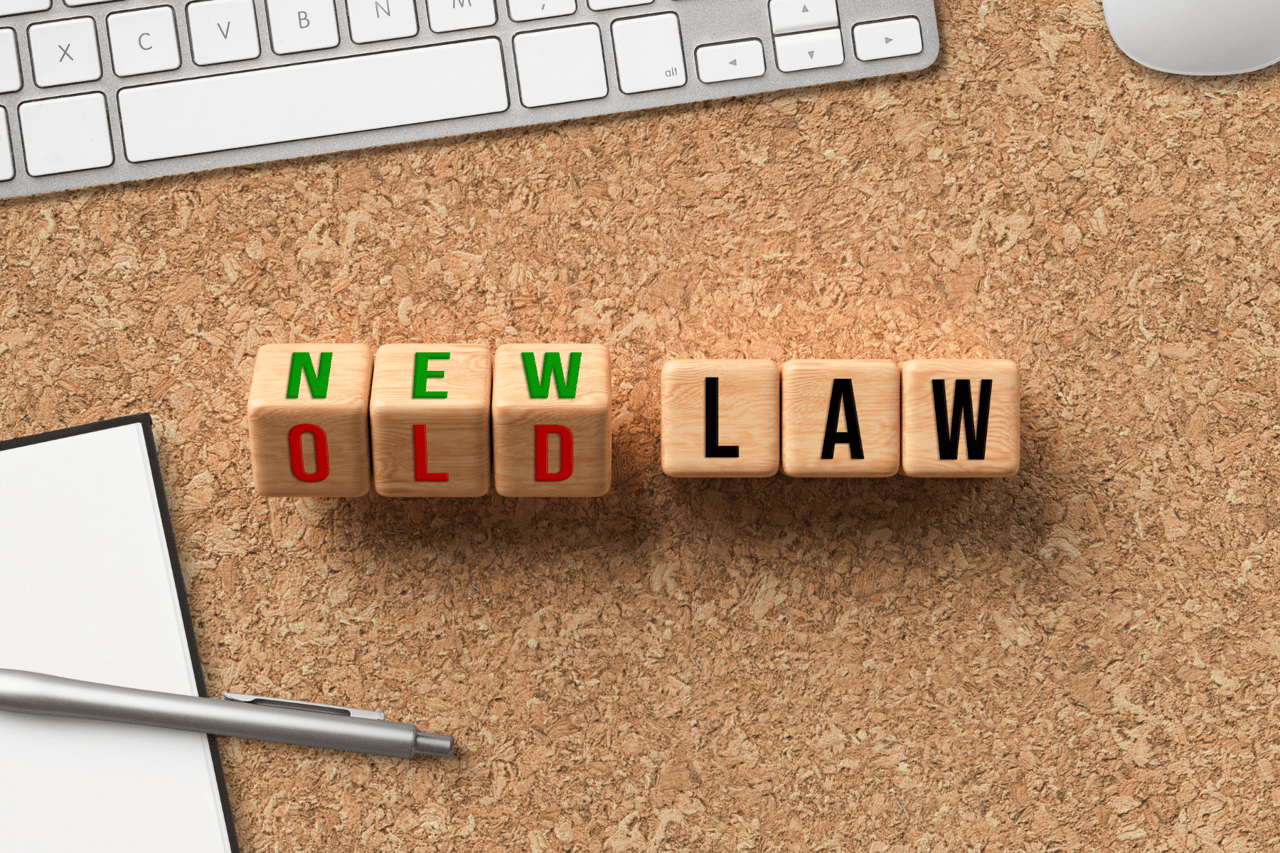Your Step-By-Step Guide to Applying for a Mortgage
A home is likely one of the biggest purchases you’ll make in your lifetime — and unless you’re planning to pay for it in all cash, you’ll need to secure a mortgage. A mortgage is a loan provided by a bank or lender that is paid every month and helps you finance the purchase of a home.
There’s no denying the mortgage application process can be intimidating — especially if it’s your first time buying a house — but we’re here to help you through it. Keep reading to learn how to apply for a mortgage!
1. Know the Difference Between a Pre-Qualification and Conditional Approval
Before we discuss how to apply for a mortgage, you’ll need to know the difference between pre-qualification and conditional approval. It’s crucial to know which is best for buying a home.
Pre-Qualification
As you begin your journey to buy a house, a mortgage pre-qualification is typically the first step. To get pre-qualified, a lender will need basic information about your finances to determine how much you can afford. Although a pre-qualification is a good place to start, it is not as reliable as conditional approval because it is based on self-reported information.
As you begin the home-buying process, check out our mortgage calculator to determine how much home you can afford.
Conditional Approval
To get conditional approval for a mortgage, an underwriter will need to review your income, assets, and credit documentation. Once this documentation has been verified, the underwriter provides conditional approval with further conditions to close the loan. These conditions are usually related to third-party items, such as title, appraisal, and insurance. It is important to review these conditions before making an offer.
2. Decide Which Mortgage is Right for You
With several types of mortgage loans to choose from, how do you decide which one is right for you? Your lender will work with you to determine which type of mortgage you’re eligible for, as well as which one best suits your specific needs. Market conditions can change, so it is important to contact your lender.
Below are the five most common types of mortgages you can apply for.
Fixed-Rate Mortgage
With a fixed-rate mortgage, the interest rate stays the same throughout the entire term of the loan. Most fixed-rate mortgages have a term between 15 and 30 years, which allows the borrower to enjoy lower monthly payments over a longer period of time. Although this arrangement protects homeowners from fluctuating interest rates, they will end up paying more over the course of the loan’s lifetime.
Adjustable-Rate Mortgage (ARM)
With an adjustable-rate mortgage, the initial interest rate is fixed at a lower amount for a period of time but eventually fluctuates with current market rates after that term is over. Because the interest rate varies throughout the life of the loan, monthly payments are unpredictable and can change frequently. An ARM will usually not reduce the rate enough to justify the inherent risk of future rising rates.
FHA Loan
An FHA loan is a mortgage that’s provided through the Government National Mortgage Association (GNMA) and insured by the Federal Housing Administration. This loan is a popular option for first-time homebuyers because it doesn’t have a credit score requirement. However, the borrower must pay mortgage insurance premiums to protect the lender in case of default.
VA Loan
Similar to an FHA loan, a VA loan is also provided through the GNMA, but is guaranteed by the U.S. Department of Veterans Affairs (VA). Active military personnel and veterans who meet the required length of service, as well as surviving spouses of service members are eligible to apply for a VA loan.
USDA Loan
A USDA loan is a special type of mortgage that eligible homebuyers in rural suburban areas can obtain through the United States Department of Agriculture. In order to qualify for this loan, applicants must meet household income requirements and be purchasing a home in an eligible rural area.
3. Fill Out a Mortgage Application
Once you’ve chosen a mortgage with your lender, it’s time to apply! A federally required mortgage application can be completed with your lender.
You will be required to submit several documents that verify your personal and financial information. This information will be used by your lender to approve or deny your loan application and determine how much you can borrow.
As you get ready to apply for a mortgage, be prepared to provide the following pieces of information:
-
Full name, DOB, phone number, and SSN
-
Marital status, number of children, and their ages
-
Residence history for at least two years and payments associated with those residences
-
Employment and income history for at least two years
-
Asset account balances
-
Debt payments and balances for any fixed debt obligations
-
Confirmation of any bankruptcies or foreclosures within the past seven years
-
Disclose if you are currently involved in any lawsuits or if you co-sign any loans
-
Confirmation if any part of your down payment will be borrowed
4. Verify the Information Provided on Your Application
After completing the initial mortgage application, you’ll be required to provide documentation to further verify the information included. Documents required will vary case-by-case, but generally, you can expect to submit the following:
-
Tax documents: Most lenders will want to see one or two years’ worth of tax documents to make sure your annual income is consistent with your reported earnings. The lender will likely ask you to sign a 4506-T, so they can obtain the information they need from the IRS.
-
Proof of income: This can include any form of documentation that allows lenders to see what your current earnings are. Lenders will check to make sure there are no major fluctuations in your income from year to year.
-
Bank statements: Lenders will look at statements from your bank to ensure you can afford a down payment and have several months of mortgage payments on reserve in case of an emergency.
-
Asset statements and holdings: The bank will want to see statements for any other assets you own, such as a credit default swap (CDS), individual retirement accounts (IRAs), stocks, bonds, and so on. If you have other real estate holdings, you’ll be required to provide the property address, current market value, mortgage lender’s name, loan account number, balance, and monthly payment.
-
Credit history: Lenders will obtain your credit reports from each of the three major credit bureaus and carefully examine them in order to assess your risk. Know that incorrect information can cause higher rates, or even keep a lender from approving you for a mortgage altogether.
-
Photo ID: You will be required to show a driver’s license, passport, or another form of identification to prove you are who you claim to be.
-
Renting history: If you were previously renting a home or apartment, lenders will request documentation to prove you can be trusted to pay your rent on time.
While this process can be cumbersome and it may seem like the documents are never-ending, it is important to remember there are numerous pre-written guidelines for each loan program that the lender must follow. The government requires that all assets are truly verified, and it is an underwriter’s job to provide the required documentation needed to meet those guidelines.
Buying Your Next Home With The Redbud Group
Now that you know how to apply for a mortgage, it’s time to take the next step toward buying your new home. The world of real estate can be tricky at times — but luckily, you don’t have to do it alone!
Our Redbud Group REALTORS® are equipped with the knowledge and expertise required to make the home-buying process as smooth and easy as possible. To learn more about how we can help you buy your next home, click the button below to get in touch with one of our real estate agent.




